Overview: The page focuses on the fundraising that the teenagers of Mission, B.C., did during World War Two, and how their funds directly helped Canadian’s World War Two efforts.
The image below shows two High School students who are part of Miss Canada selling War Saving Stamps. We can see that the hats on their uniforms are different, potentially meaning they were part of a separate branch of Miss Canada at the time.
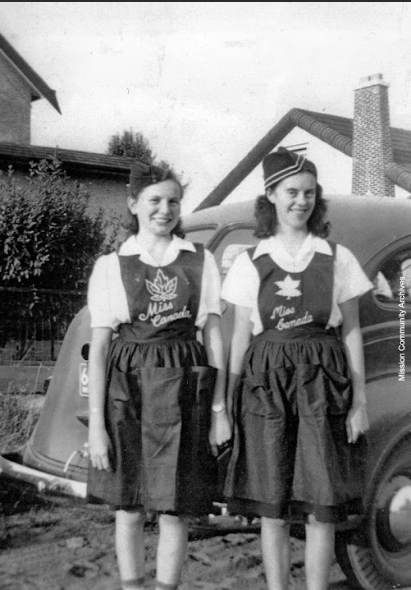
To participate in the war effort, the teenagers in Mission High School fundraised money to help buy war-saving stamps and bonds. The Canadian government stated that:
They sold bonds to Canadian citizens to help fund the First World War. The bonds were loans that citizens could redeem with interest after 10-20 years. The Canadian government established five campaigns. Each campaign had posters from the Victory Loan Dominion encouraging the citizens to donate. In 1917, the Canadian government started calling its dept Victory Bonds to encourage more people to buy into them. Canadians accumulated more than 100 million dollars worth of them in the First World War. This sum of money contributed to half of the Canadian war cost.[1]
Bonds were issued with maturities of between 6 and 14 years with interest rates ranging from 1.5% for short-term bonds and 3% for long-term bonds in denominations of $50 to $100,000. There were 10 wartime and one postwar Victory Bond drives. In all, Canadians bought $12.5 billion worth of Victory Bonds – about $550 per person – with businesses accounting for half of all purchases. The first Victory Bond issue in February 1940 met its goal of $20 million in less than 48 hours; the second issue in September 1940 reached its goal of $30 million almost as quickly.” [1]
“Bonds and other ways to finance the war,” heritagelsl
The difference between the war-saving stamps and bonds was that the purchase of stamps was aimed at people who could not afford to buy higher-priced saving bonds. The Canadian government encouraged students to bring cash to school to buy them.
Children during World War Two were asked to support the war effort. They were encouraged to empty their piggy banks, and their allowance to buy War Saving stamps. They placed their stamps into special scrapbooks. Each stamp was 25 cents, if they spent 4 dollars worth of stamps they would get a War Saving Certificate after they send a form to the federal government. After the war, they could redeem the certificate for 5 dollars. The children learned how to save and how to recycle in order to save money and help their country’s war efforts.[2]
The images below from the newspapers show the student’s efforts to encourage their peers to buy War Saving Stamps and Bonds.
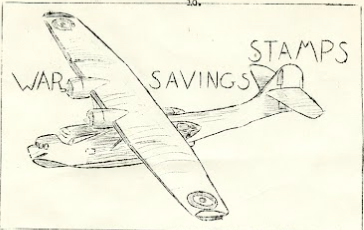


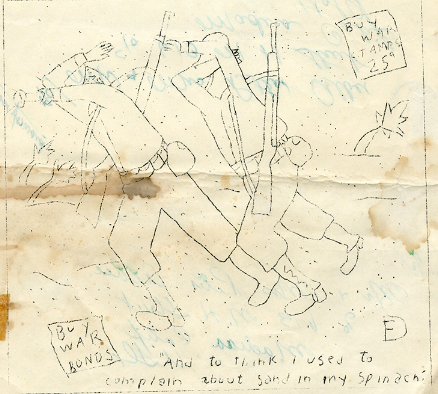
The images below from the newspapers show the community’s efforts to encourage their everyone to War Saving Stamps and Bonds.
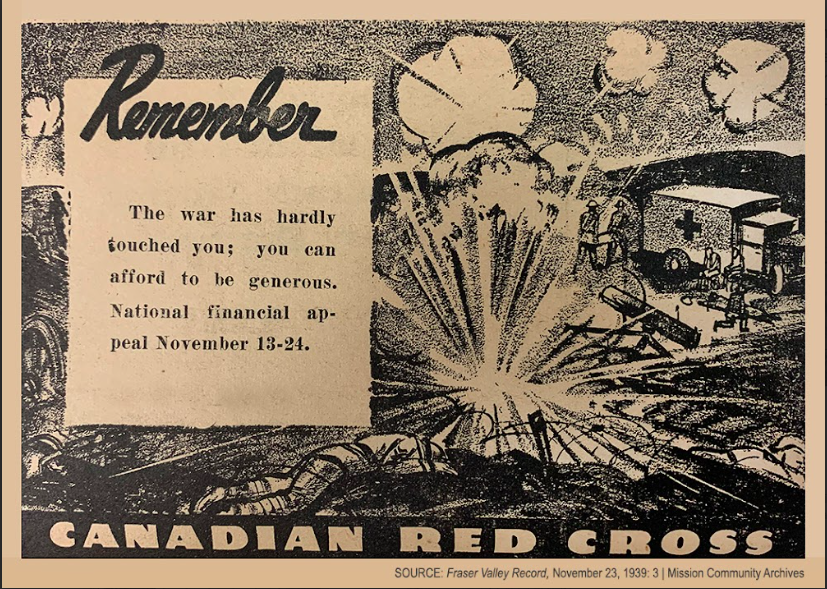
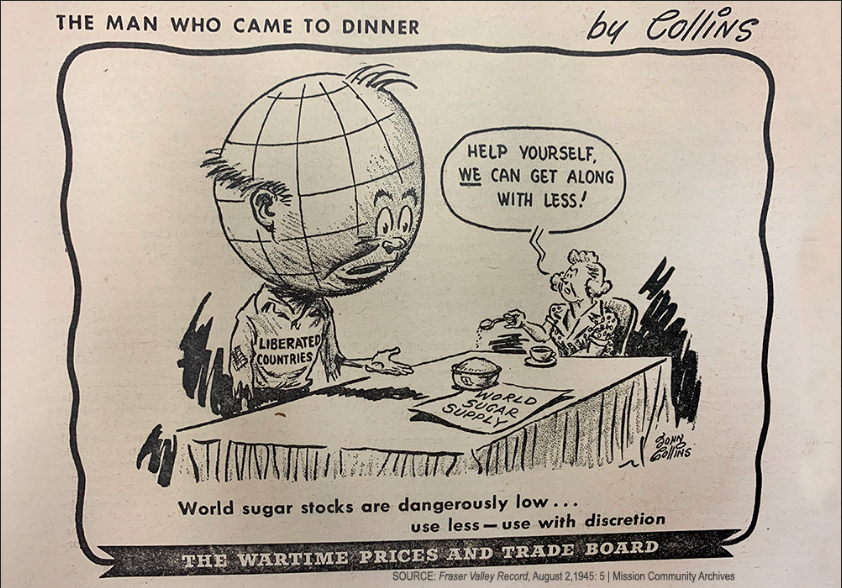
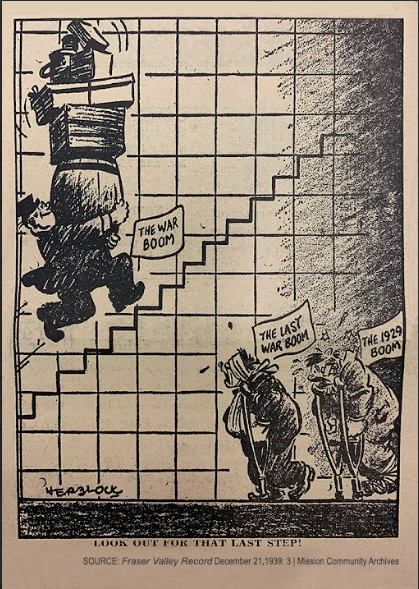
Mission High School rose to the occasion, and teenagers started actively attempting to fundraise to help the war effort. The students sold both War Saving Stamps and Bonds.
As shown in the quote below their motto was:
“when His Majesty the King said ‘This time we are all in the front line’ he meant not only the fighting men and the war workers, but also every child” [3]
Mission High School students
We can see that the students understood that they also needed to step up and contribute to the war efforts in any way they could. The student understood that they needed to help so. Therefore, they wrote in the News and Views newspaper a message to their fellow students three years after the war began:
“Since we cannot actually fight in the front line, we can help to keep that line strong with well-equipped men and machines. After three years of war you know how you can keep that line solid by buying War Saving Stamps. The National War Finance Committee has sent posters, stamps folders, and War Saving Record Ledgers to schools throughout the Dominion, and every student is expected to contribute as much as he or she can to this School Saving Service.”[4]
Mission High School students 1942
The students understood that the war would never stop without their assistance and that they needed to help the war effort. It is astonishing how much school children in BC contributed to the war effort, as noted by the principal.
Students invested $215,000 from September 1940 to June 1942. The district funded 500,000 in the 1941-1942 school year. This amount of money was enough to pay for two PBY patrol bombers which is the largest fighting aircraft build in Canada.[5]
We can see that the efforts impacted the war efforts in the community. When we compared the amount to the next year’s report on the War Saving Stamps and bonds, it was noted in the News and Views:
The students of Mission High School aided the war efforts with their purchases of War Saving stamps and certificates. Together the students raised $65.50 in war stamps, with grade 12 being in the lead with $13.25. The grade 8A and grade 9 bought $11.00 dollars. The amounts did not include the bonds bought by the student council. [6]
Although the students were happy with what they fundraiser they wanted to do more.
This record is worthy of M.H.S. but we must continue to do the most we can to help set the world back on path of sanity and peace because, as a news commentator said recently, the most you can do is the least you can do.”[6]
Mission High School students 1943
Fundraising was a top priority for the students. They understood that now was their time to step up and contribute to the World War Two efforts.
We can see that in the 1945-1946 school year, war stamps were rising across BC, as depicted in the local newspaper:
Students are encouraged to buy into War Saving Stamps and bonds to help the war. The last school year the students raised a total of $431,185, $291.235 being in War Saving stamps, and $139,950 being in Victory bonds. The year marks the 6th year that the government campaigned for the sale of War Saving stamps in the school. Canadian school children have purchased more than 60 million War Saving stamps, therefore loaning to the bank of Canada more than 15,000,000 dollars. [7]
We can see how important it was for Mission teenagers to contribute where they could to do their part in aid of the war effort. The first yearbook published after the war noted that each student could buy two certificates each year, and a handful bought one each month. The senior students rallied together and bought bonds, so therefore all together, they raised $5000.[8]
When we think about that sum of money today it is close to 1.5 million dollars, which is an enormous sum for such a small city so far away from the battlegrounds.
The pictures below show a scrap book a student made of the bubblegum wrappers he saved.
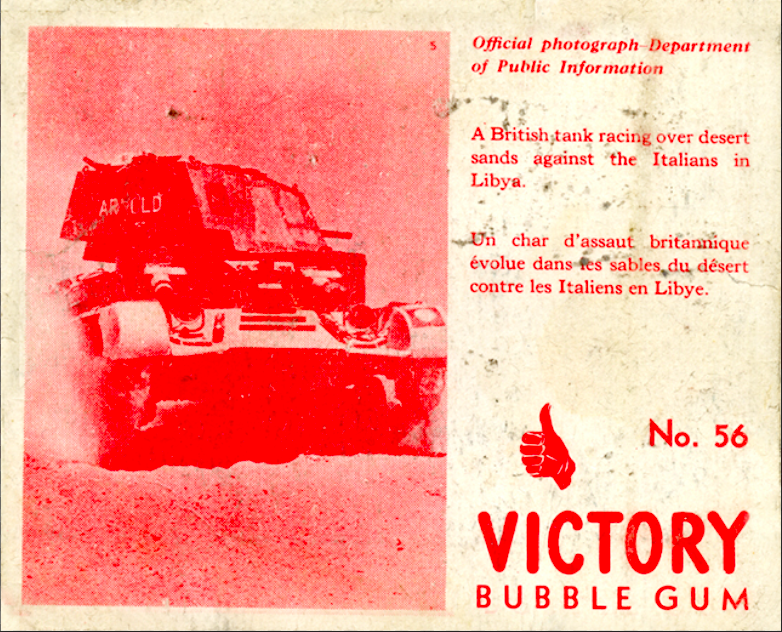
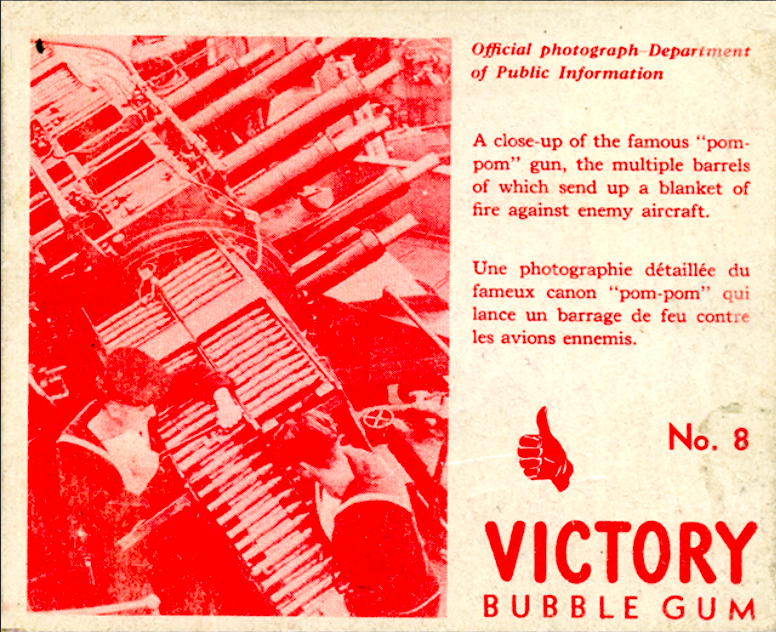
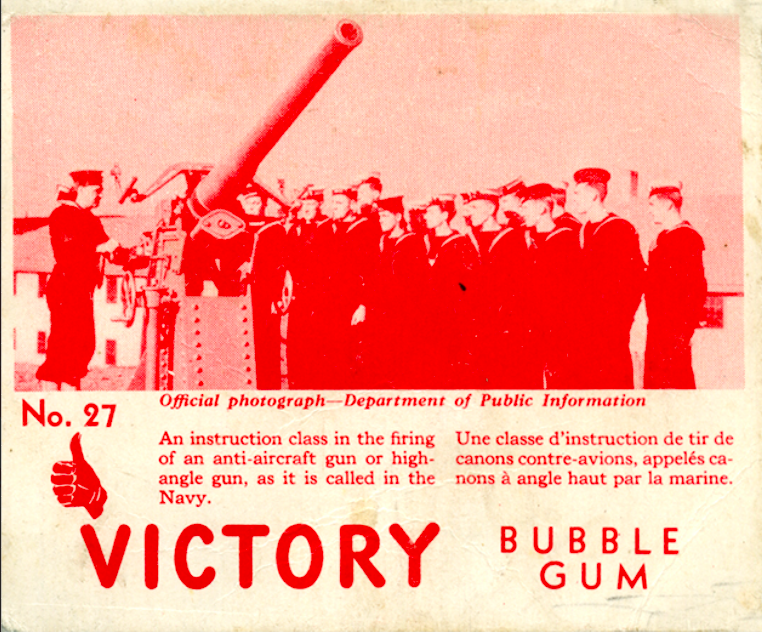
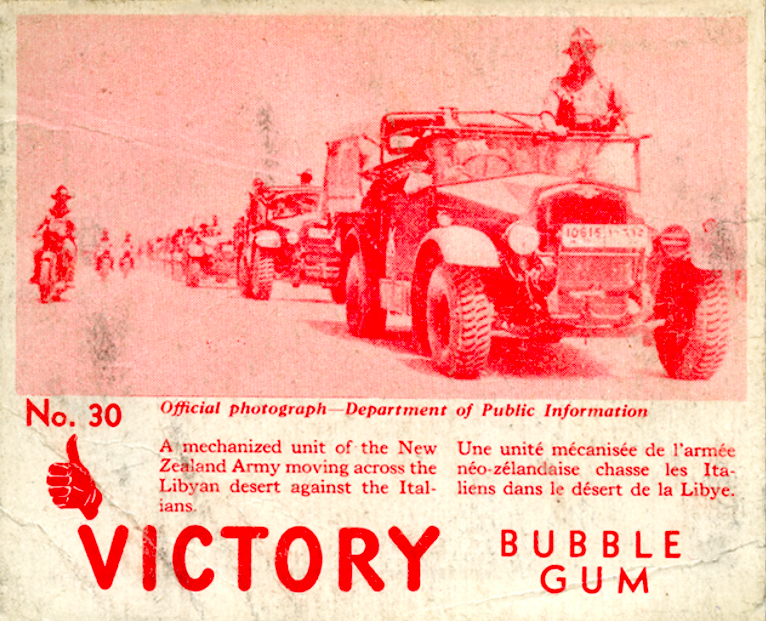
Sources
[1] “Bonds and other ways to finance the war,” heritagelsl, accessed March 16, 2023. https://heritagelsl.ca/wp-content/uploads/2020/11/War-savings-certificates-and-stamps.pdf
[2] “Bonds and other ways to finance the war,” heritagelsl, accessed March 16, 2023. https://heritagelsl.ca/wp-content/uploads/2020/11/War-savings-certificates-and-stamps.pdf
[3] Peter Albee fonds Newsletters, News and Views, Volume V, No. 1. accessed March 16, 2023.
[4] Peter Albee fonds Newsletters, News and Views, Volume V, No. 1. accessed March 16, 2023.
[5] Peter Albee fonds Newsletters, News and Views, Volume V, No. 1. accessed March 16, 2023.
[6] Peter Albee fonds Newsletters, News and Views, Volume V, No. 2. accessed March 16, 2023.
[7] 0025 Fraser Valley Record Volume 31 No. 30 1945-09-13.
[8] James Musgraves fonds, 1945-1946 Mission High School Yearbook, accessed March 16, 2023. Mission Community Archives.